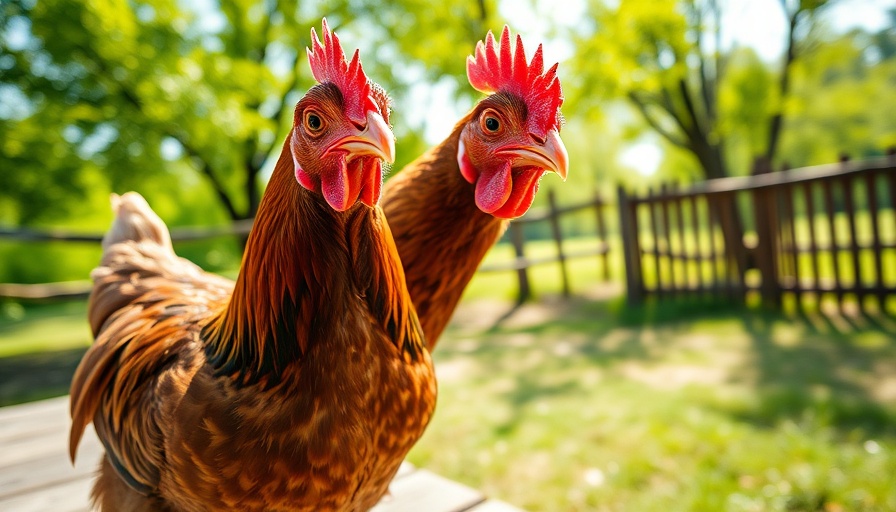
Welcome to the World of Ex-Commercial Hens
The journey of raising chickens often begins with selecting the right breed. Ex-commercial hens, frequently retired from intensive farming, are an appealing choice for many urban and rural homesteaders. Unlike traditional backyard breeds, they have unique characteristics that can enhance any flock.
Why Choose Ex-Commercial Hens?
Ex-commercial hens come with distinct advantages: they are generally low-maintenance, quick to acclimatize to new environments, and can produce a surprising number of eggs even after their commercial life ends. Many enthusiasts report strong egg-laying performance in these birds, making them an attractive choice for families seeking regular fresh eggs.
Understanding Their Needs
Despite their former life, ex-commercial hens need careful attention to ensure a smooth transition to their new homes. This includes providing adequate space, proper nutrition, and access to clean water. Birds that have endured high productivity may require time to adjust physically and mentally to their new circumstances.
Social Dynamics of the Flock
Integrating ex-commercial hens into a mixed flock can pose challenges. These hens may not have had prior interactions with other breeds and can display introverted behaviors initially. It's important to monitor their social dynamics closely and foster an inclusive environment. Gradual introductions and positive reinforcement strategies can facilitate smoother assimilation.
Future Implications of Hen Adoption
Adopting ex-commercial hens not only benefits individual owners by providing fresh eggs and companionship but also supports broader animal welfare movements. By opting for these hens, adopters help combat the issues of mass poultry agriculture and promote a sustainable lifestyle. As more people recognize the advantages of ex-commercial hens, their adoption in urban settings is likely to increase.
 Add Row
Add Row  Add
Add 




Write A Comment